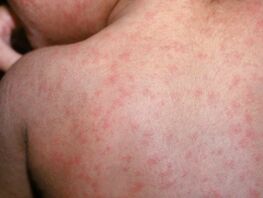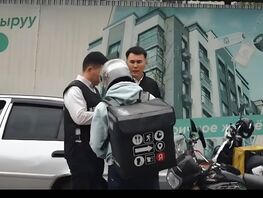Children living in residential institutions of Kyrgyzstan are not protected from violence. Head of the League of Child Rights Defenders, Nazgul Turdubekova, told 24.kg news agency.
According to her, the results of monitoring of minors living in ten orphanages and residential institutions were presented today. The monitoring was carried out from October 2019 to February 2020.
It has been found out that children have access to helplines 111 and 115 in none of the residential institutions. They do not know how and where to seek help.
«The more the institution is closed and the more children there are, the higher is the risk of violence against them by high school students. Caregivers will still not be able to look after every child. At the same time, we do not have mechanisms for receiving complaints from such children and responding to cases of violence, there is no register of such cases. If the violence was committed by employees of the institution, then the child will not be able to complain to anyone inside the institution. And if the inmate does not have a cell phone, then there is no way to call. In such conditions, the risk of violence increases many times,» Nazgul Turdubekova said.
According to the report, examination of inmates in one of the children’s institutions revealed that a nine-year-old inmate had bruises on the back and on the leg.
He explained this by the fact that adults tripped him up, and could also hit him on the head, beat him, and forced him to smoke.
From the report
«The victim has no opportunity to file a complaint about the actions of other children. A child committed suicide in one of the institutions, which resulted in no effective investigation. It was also found out that there are no qualified psychologists in most of the residential institutions to provide effective psychological assistance and rehabilitation,» the document says.
The monitoring was carried out by a group that included pediatricians, psychologists, a lawyer, social protection specialists, representatives of territorial divisions of the Ministry of Labor and Social Development, employees of public organizations for the protection of children’s rights. In total, doctors had examined 1,099 children.






